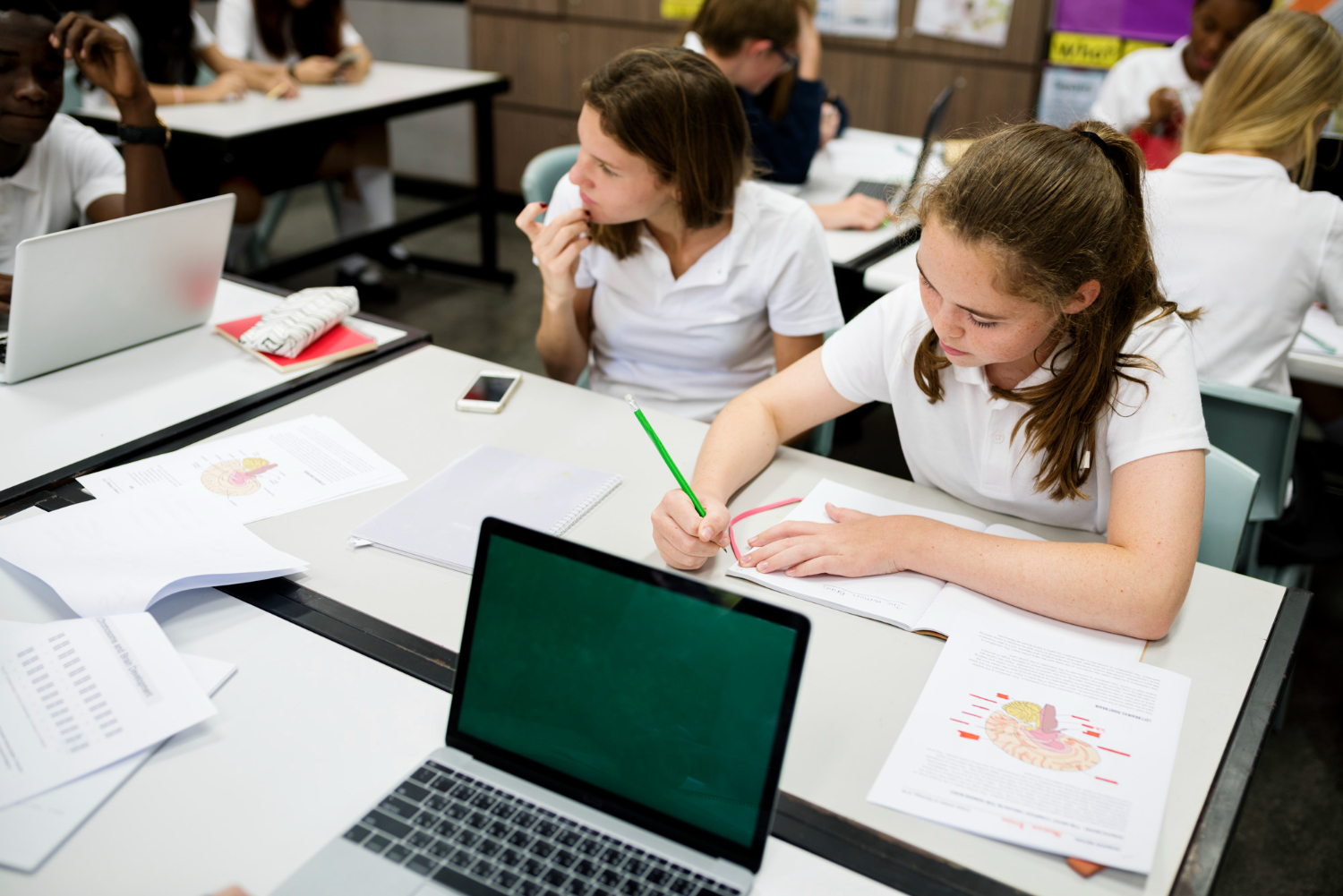What is differentiation?
Differentiation refers to the process of tailoring instruction to meet the diverse learning needs, interests, and abilities of students. It involves adapting the content, learning method and delivery of the lessons to make sure that every pupil can learn in ways that suit them.
Students have different backgrounds, language abilities, disabilities, and academic skill levels. Therefore, teachers must use specialised teaching methods known as differentiated teaching strategies. By differentiating instruction, teachers can better address the individual needs of each student, promote academic growth, and create a more inclusive learning environment.
Differentiated teaching doesn’t mean providing 1-2-1 instruction to every student or giving them freedom to do as they want. Instead, teachers should challenge every student at the right level, allowing them to grow in a way that suits their learning needs.









